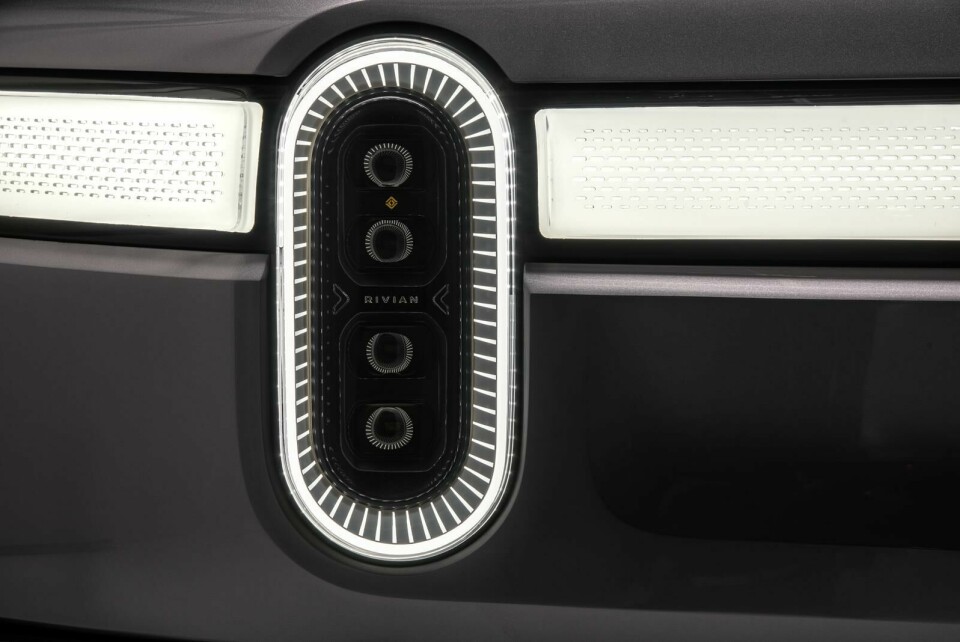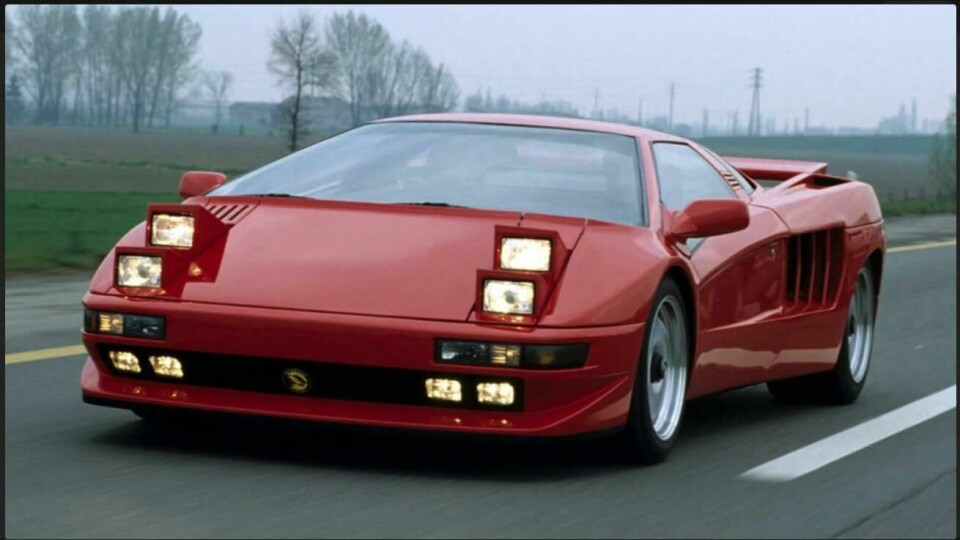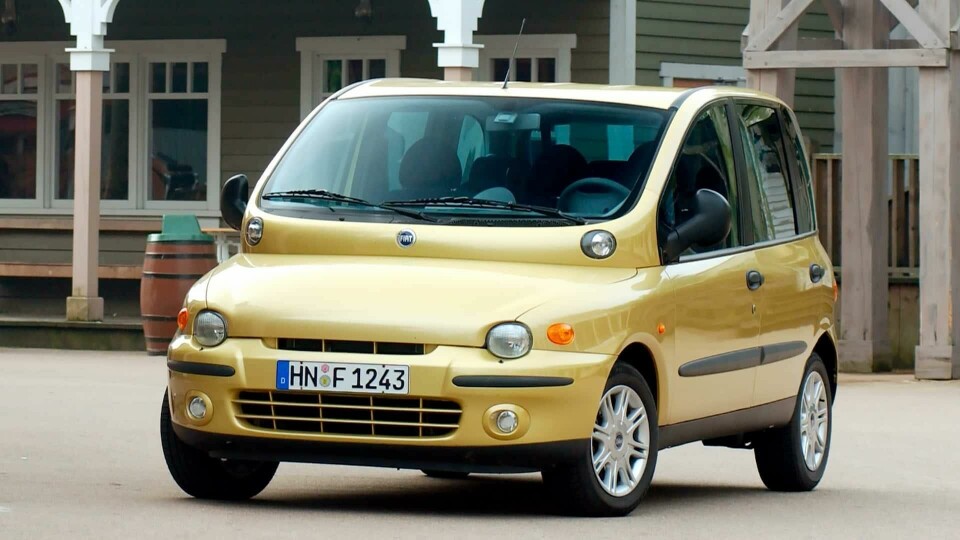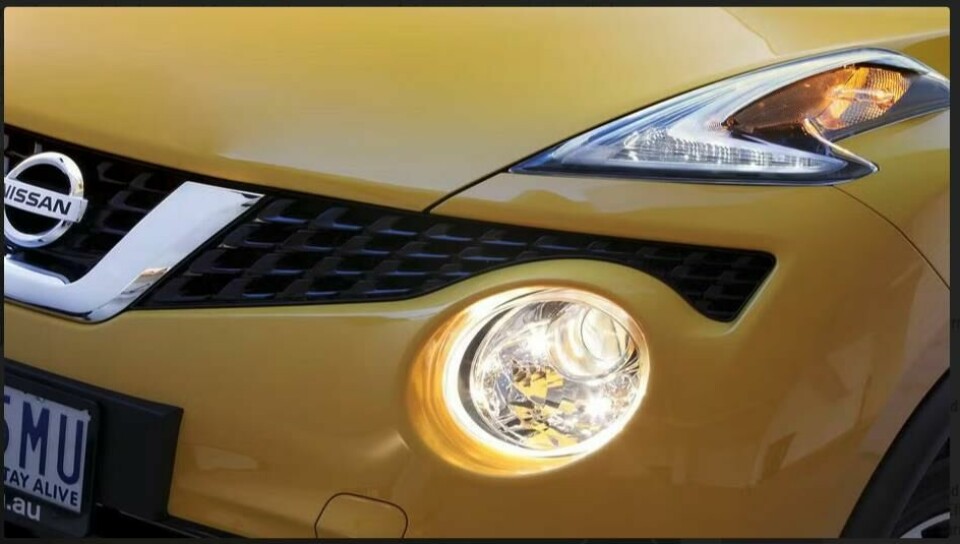
Ten strange and wonderful car light designs
We see some wild lighting schemes on concept cars every year. But few make it into production. Here are a few that managed to slip past the censors
The eyes are the windows to the soul, so they say. Thus, the fascination with automobile faces and, in particular, headlights and lighting design. Once just a matter of composing circles on a horizontal grille, new technology in the last few decades has opened a new world of sculptural lighting shapes and possibilities.
It is at this pivotal moment that CDN has decided to take a look back (and one forward) to some of the more unique moments in automotive lighting design. The following list of strange and wonderful lighting designs is, sadly, limited to production cars. If we included concept cars, we might be here until Father Christmas slides down the chimney.
We also hope it will inspire you to create your own list, and share it with us and our readers on our social media channels. Look out for our livestream on lighting later this year, too, which you can register for here.
Tucker 48
A David vs. Goliath legend in the US, the Tucker was developed as a modern safety car with many advances that would later find their way into the cars of the Big Three. Prominent in the design of the face of the Tucker was a third headlight in the nose of the car. This headlight turned with the front wheels, for greater visibility on curvy roads. So prominent was this headlight that one of the nicknames for the Tucker was “Cyclops” – even though the car had three headlights. It is best remembered, however, by the nickname its designer, Alex Tremulis, gave it: The Tin Goose.
Cizeta-Moroder V16T
Designed by Marcello Gandini, this ultra-luxe (and ultra-rare) hypercar – first built in the 1990s in Italy, and later in California – featured the engineering prowess of a number of Lamborghini engineers. The engine was related in design to that of the Lamborghini Urraco, except for twice the number of cylinders. The V16, very powerful for the time at 540 horsepower, was placed just forward of the rear axle and behind the passenger seats. The design is classic Gandini, a sculptural wedge. Unique in this car was the stacked rectangular headlights, which were themselves stacked above the rectangular running lights.

Fiat Panda
The modern Panda takes the pixelated aesthetic and translates it to an expression at every scale, especially at the DRG, where pixelated LED headlights will highlight a chunky composition. The new Panda and Grande Panda are just entering production in Serbia, and this makes the Panda eligible for our little lighting survey. We have no doubt that the pixelated aesthetic (a bit retro for those who remember then pixelated numbers and characters of the 1970s and 1980s) will be a popular one. A massive DRG contrast to the flowing stripes, light bars and light streaks found at the front face of other cars.
Ford Taunus/Citroën Ami
Two compact cars from the early 1960s, both introducing rectangular or lozenge shaped headlights. The Ami’s headlights were made by Cibie, the Taunus’ headlights made by Halle. Both cars displayed innovative compact packaging. The Taunus influenced the styling of the Ford Thunderbird and Lincoln Continental in the US, a welcome clean look after a decade of chrome-laden excess.
Tatra 603
Tatra, the underappreciated Czechoslovakian marque, was known for innovative packaging, rear-mounted drivetrains and experimental styling. The 603 was one of its more interesting models, a large car reserved for Party members of the Worker’s Paradise of Communist Eastern Europe. The headlights were bunched together in the centre of the front fascia (with no grille) for the first few generations, and then later spread out after a facelift in the late 1960s. In an era of big grilles and obnoxious front masks (looking at you, Buick Invicta), the Tatra was diplomatic and civilised.
Volvo S90, XC40, XC90 et al
When LEDs began to take over lighting design, it opened up all sorts of sculptural lighting possibilities. Volvo saw the possibilities early on and the T-shaped, “Thor’s Hammer” lights of recent years has created one of the most distinctive DRGs in the industry. Evoking Thor’s faithful companion, Mjölnir, the lights project strength, which complements the grace of Scandinavian design brought to Volvo vehicles. Again, these lights project a unique DRG on the road. It’s also worth noting the lighting design team took gold at the 2023 People Awards as a result.
Fiat Multipla
Ahhh, the Fiat Multipla. Innovative packaging, tall glasshouse, compact form and a face only a mother could love. So say the Multipla’s many critics, some of whom have labeled it one of the ugliest cars of all time. Still, at the turn of the century it won multiple awards and was voted best family car by one publication four years on the trot between 2001 and 2004. Clearly, some buyers appreciated it. But the Multipla got a radical facelift in 2004 as Fiat got the message and made the car more conventional.
The headlights were distributed at the cowl and the front, and seemed small, almost countersunk into the car which featured almost no grille to speak of. The look was vaguely amphibian with the smooth nose. But still, the Multipla was a groundbreaking car, with a unique face, one that still has something to teach us a quarter-century later.

Nissan Juke
The Multipla’s bratty punk-rock cousin stormed on to the scene in 2010. It won immediate acclaim from those who appreciated its anti-car appeal – admittedly a rather small fraternity, as most of the automotive press and public considered it an affront to car design. The turn signals and running lights sat on the hood above the headlights, with the grille wrapped in between. Other than the traditional round shape of the headlights, there were few traditional signifiers of a front mask. Just the way Nissan wanted it.

Ruxton
For its brief lifetime, the Ruxton was a shining light of luxury in the early years of the Great Depression in the US. Unbelievably expensive during those hardscrabble times, it featured front wheel drive (almost unheard-of in those days), a low stance – some 500mm lower than comparable cars – unique striped colourways designed by architect Joseph Urban, and strange Woodlite headlights.
The lights, an invention of one William Woods, were intended to focus a strong narrow beam of light forward to the road ahead. But with only six-volt lights, they barely outshone traditional lights. The unique medieval helmet shape made them look vaguely sinister, and the lens when lit had a distinctive “cat’s eye” shape. Ruxtons are highly collectible today and a set of Woodlites is equally prized and can be seen on unique hot rod and lowrider creations.
Rivian
This new electric truck and SUV marque has definitely carved out a place in automotive (well, truck) design with its very strong and distinctive mask. The oval headlights, called stadium headlights (they look like a stadium seen from above), have the distinction of being the first American-made lights with Adaptive Drive Beam technology. These LED lights can be found around the world, but, until recently, had to be disabled if brought to the States. Finally, they are legal here.
The stadium oval, oriented vertically, is a distinct change from more horizontal light compositions (Cadillac being a notable exception). In contrast, strong horizontal light bands pull the eye across the face of the truck and around the corner, inviting the passer-by to admire the overall design of the R1-T and R1-S. There’s no other DRG like it, and it would be great to see the design motif employed on a Rivian-designed sedan. Or would it? We’ll probably never know. Rivian is about trucks (and hatchbacks?) leaving sedans to Lucid.




























